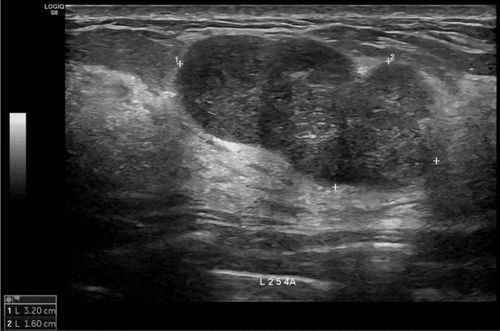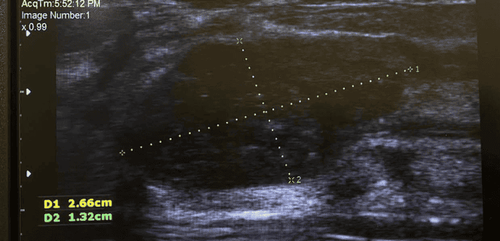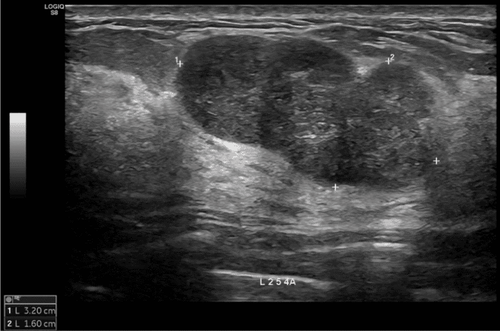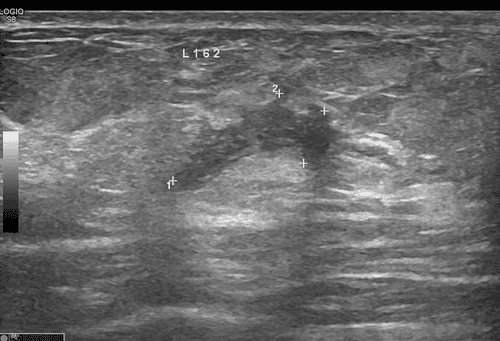Level II Specialist Nguyen Tran Quang Sang, M.D., Head of Bone Tumor and Soft Tissue Surgery at the Vinmec Times City Orthopedics & Sports Medicine Center, is also the lead surgeon responsible for the removal of a massive tumor exceeding 20 cm in a rare and challenging case involving a 19-year-old male patient. Following this particularly emotional case, Dr. Sang shared his insights to help the community, especially parents, better understand bone cancer—a disease that can devastate the futures of young adolescents.

"The most challenging aspect is performing limb amputations on young patients who have their whole future ahead of them."
- Doctor, what are the challenges and pressures you frequently face working in bone cancer treatment?
For me, the greatest difficulty is performing limb amputation surgeries. Most of my patients are adolescents, still under the care and protection of their parents. Losing a limb means they can no longer run or move freely, closing many doors to their future. This scenario is deeply painful—not just for the patients and their families but also for us, the healthcare professionals, who are often left with no other choice to save their lives.
- You were the lead doctor in the team responsible for treating and operating on a 19-year-old male patient with a 20 cm tumor. Could you share your feelings when you first met such a young patient facing such a life-threatening condition?
Although I’ve encountered many young patients, seeing a 19-year-old endure a massive 20 cm tumor was heart-wrenching. What surprised me even more was that despite visiting multiple healthcare facilities, none had detected this tumor. The patient was unaware of his condition or the risks he faced. At 19, life was just beginning. Therefore, the entire team was determined to find the most optimal treatment plan to ensure a successful intervention, minimize complications, and preserve the patient’s normal functional abilities.
- Could you explain why this case was so complex and rare?
Imagine the tumor as a nine-month-old fetus tightly attached to the patient’s pelvic region, surrounded by a network of critical blood vessels and organs like the digestive and urinary systems and the spine. Without surgery, the “fetus” would compress vital structures, leading to nerve damage, muscle atrophy, and complete loss of function in the left leg, ultimately threatening the patient’s life. If the tumor was surgically removed, even a minor mistake could damage nearby organs. Additionally, the fragile vascular system and the tumor's high bleeding risk could cause the patient to lose over 10 liters of blood during the operation, leading to death from blood loss even before the cancer could take its toll.
- Despite the challenges, the surgery was a success, and the patient was discharged just a week later. How did you feel after achieving such a significant milestone?
Witnessing the patient’s recovery and discharge filled me with profound gratitude. I was fortunate to have encountered such a rare case and collaborated with multidisciplinary experts locally and internationally. I was also privileged to work at Vinmec, the first and only facility in Vietnam equipped with 3D printing technology, allowing us to precisely map the tumor’s location and plan the surgery. These advantages strengthened our resolve and enabled us to achieve this remarkable success.

"A Harsh Reality: 80% of Bone Cancer Patients Are Adolescents Aged 10-14"
- Doctor, is bone cancer common among children and adolescents? Should this be a concern?
The harsh reality is that A stark reality is that 80% of bone cancer cases occur in adolescents aged 10–14. During this period, bone-producing cells are rapidly developing, and tumors often arise from random, unpredictable DNA errors in these cells. Unfortunately, bone cancer is not preventable. However, with timely diagnosis and treatment, children with bone cancer can retain their limbs and recover to live normal lives. Early detection is crucial, often life-saving, for effective treatment and minimizing complications.
- What signs should parents look out for to detect bone cancer early in their children
Early symptoms of bone cancer are often mistaken for normal growth-related bone pain, leading to late diagnoses that directly impact treatment outcomes. Parents should seek immediate medical attention if their child experiences persistent, unusual pain or swelling in the bones or joints, especially if it worsens at night or in the early morning. It’s essential to consult specialists in bone cancer at advanced healthcare centers for an accurate diagnosis.
- What message would you like to share with parents and the community about screening for bone cancer in children and adolescents?
Globally and in Vietnam, bone cancer is rare, accounting for only 1% of all cancers. Unfortunately, this means there are few specialized treatment centers, making it easy to overlook symptoms, as seen in the 19-year-old patient mentioned earlier. Parents should ensure regular health check-ups at specialized facilities and seek immediate care if any unusual symptoms arise.
If a child is diagnosed with bone cancer, parents should avoid seeking alternative treatments or following unverified advice, which can lead to severe consequences. Many patients come to us with tumors as large as grapefruits—or even watermelons—after trying herbal remedies at home. In such cases, limb-preservation surgery becomes nearly impossible, leaving amputation as the only option.
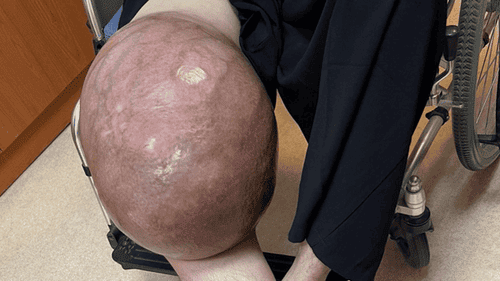
- Thank you, Doctor, for your valuable insights. We hope your message about early bone cancer detection for children and adolescents will reach all parents, ensuring this disease no longer threatens the bright futures of our country’s youth.
Dr. Nguyen Tran Quang Sang, M.D., is the Head of Bone Tumor & Soft Tissue Surgery at Vinmec Times City Orthopedics & Sports Medicine Center, with over 15 years of experience in orthopedics and bone cancer treatment.
Dr. Sang and his team, led by Professor Tran Trung Dung, have pioneered limb-preservation surgeries for bone cancer in Vietnam, achieving significant milestones such as using 3D printing technology in surgical planning, prosthetic joint systems, bone grafting, and innovative treatments like freezing cancerous bones with liquid nitrogen before reinserting them. These advancements hold immense value for bone cancer patients in Vietnam.
To arrange an appointment, please call HOTLINE or make your reservation directly HERE. You may also download the MyVinmec app to schedule appointments faster and manage your reservations more conveniently.

